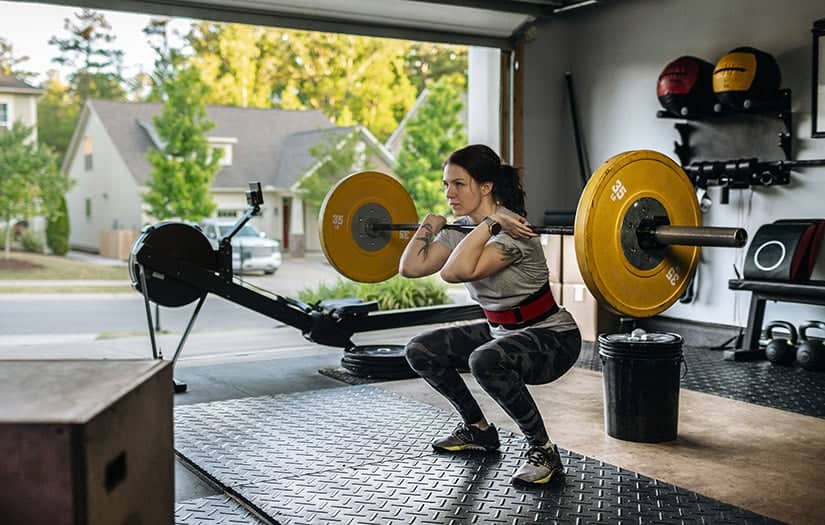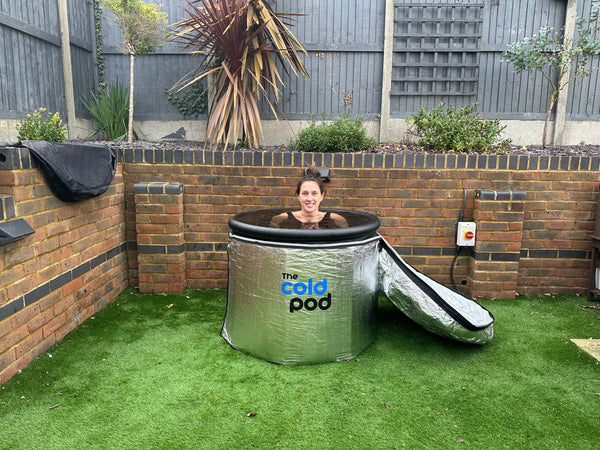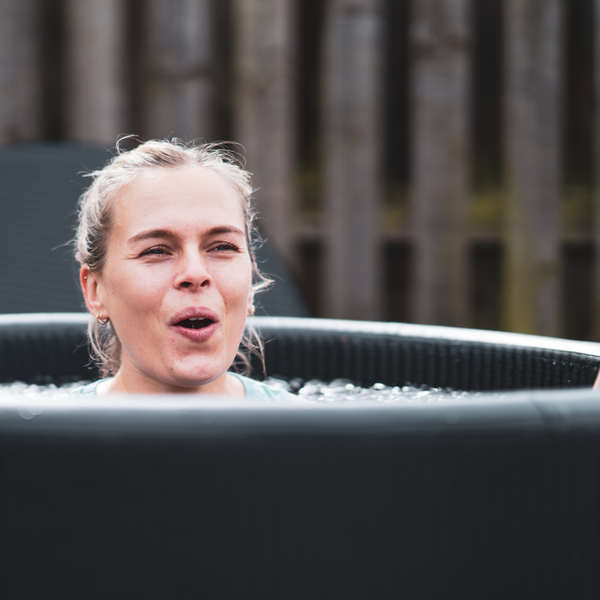When you push your body hard, whether it’s weightlifting, playing tennis, or running, you create tiny tears in the muscles
These micro-tears can lead to muscle soreness and stiffness, especially if you don’t give your body time to recover properly.
One of the best ways to ensure that your muscles have time to recover is by using a cold pack. A cold pack can help reduce inflammation, pain, and swelling caused by physical activity.
Whether you’re an avid athlete or just trying to stay in shape, incorporating a cold pack into your routine can be beneficial for your overall health.
The tearing of capillaries and blood vessels causes tears in soft tissue
Bringing about the rupture of muscle and soft tissue cells. This initiates the body’s inflammatory response to injury.
The body’s natural reaction to an injury is to protect it from further harm, immobilising the area. This causes swelling, which is a sign of the inflammatory process. As pressure builds on the surrounding tissue and nerves, pain and stiffness can persist for some days.
Applying an ice pack to an injury causes tissue and blood vessels to contract, similar to how your skin puckers in the cold. This reduces the amount of blood and plasma reaching the affected area, diminishing the risk of fluid accumulation.
Limiting the amount of fluid in an injured area will help to reduce swelling
Applying ice to the injury for a short period serves both the purpose of reducing swelling and providing numbing relief from discomfort.
The minuscule tears are key to rebuilding muscle and making you stronger, resulting in increased endurance. Following the strain you have placed upon yourself, your body may display symptoms of Delayed Onset Muscle Soreness (DOMS), such as swelling, discomfort and stiffness that can appear 24 hours after exercising.
An ice bath is often utilized after strenuous physical activity in a similar fashion as an ice pack would be placed on an irritated region. Usually implemented for the lower body, the athlete sits in a tub filled with icy water, permitting it to fully encapsulate the muscle groups of their legs and trunk.
Cold-water immersion is known to restrict blood flow

This can help rid the body of lactic acid. It is suggested that this may be a factor in Delayed Onset Muscle Soreness and is additionally useful for reducing swelling resulting from minor muscle trauma. Nonetheless, it’s important not to stay in an ice bath for longer than 10 minutes.
A cold pack, when used in combination with other treatments and therapies, can be an effective way to reduce swelling, inflammation and pain associated with muscle soreness. It’s important to remember that the cold pack should not be applied directly onto the skin; instead, it should be wrapped in a cloth or towel before being applied.
Most professional and college sports teams, trainers, sports medicine specialists and physical therapists have come to recognise ice bath therapy as an important tool in the treatment of injured athletes. It is regarded as a necessary part of the recovery process by trainers and coaches, plus it provides a helpful preventative measure against future injuries. Its effectiveness is precisely why it is so widely used.
Ice baths are a great way for professional athletes to maintain their intense training regimens. They aid in quick recovery, minimise the risk of injury, and promote healthy bodies that can power through more games and practices. Maximize the amount of training you can handle – aided by an efficient recovery program including regular ice baths.
The Cold Pod is an innovative solution for those in the sports world who require ice bath therapy
This fantastic new portable ice tub requires almost no maintenance or upkeep and makes delivering this type of therapy easier than ever before.







